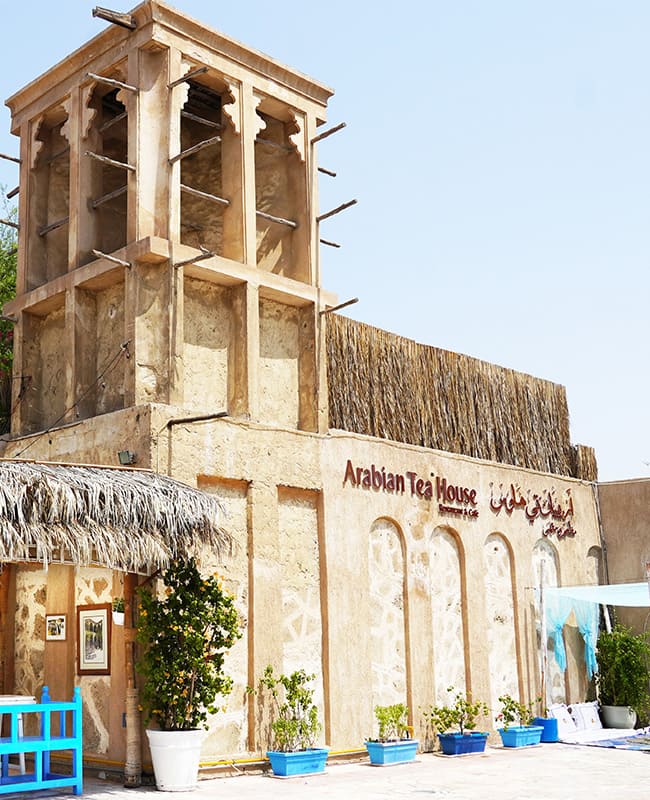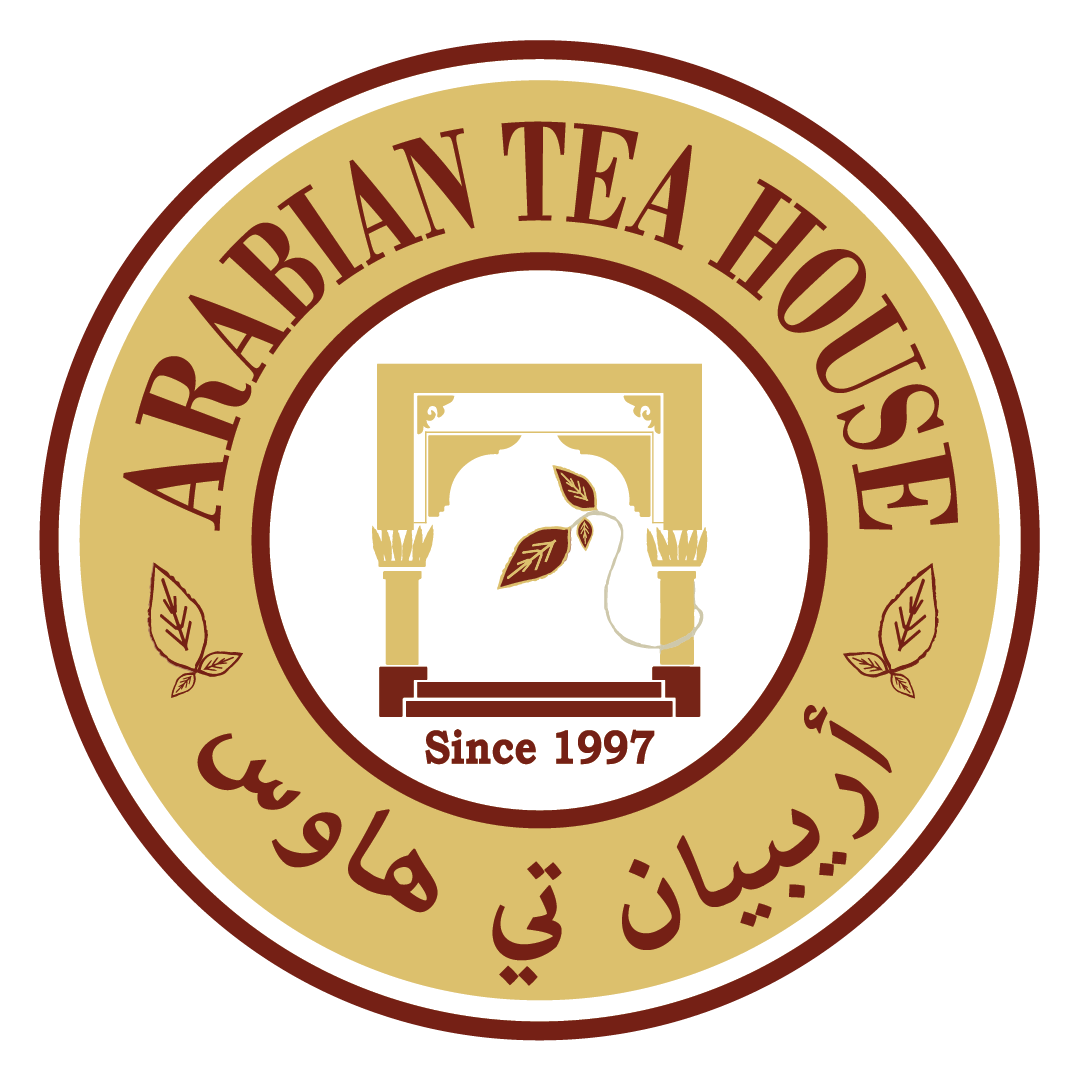Top 10 Places to Visit in Dubai for Culture Lovers

Places to Visit in Dubai is known around the world for its modern skyline and luxury lifestyle, but beneath the dazzling skyscrapers lies a rich cultural foundation that reflects the city’s origins and traditions. For travelers who want to explore beyond the futuristic architecture, Dubai offers a wide range of heritage attractions, historical neighborhoods, traditional markets, and cultural institutions that bring the city’s past to life. These destinations reveal how Places to Visit in Dubai evolved from a small trading community along the creek into one of the most dynamic metropolises in the region. As you explore this guide, you can also dive into cultural stories and heritage-focused articles through the blog, which offers deeper insights that connect naturally with the sites mentioned here. Whether you are a first-time visitor or a returning traveler looking for authentic experiences, this guide highlights the top cultural places that showcase the true essence of Dubai.
1. Al Fahidi Historical Neighbourhood (Al Bastakiya)
Al Fahidi Historical Neighbourhood is the most atmospheric and well-preserved cultural district in Dubai, known for its narrow alleys, traditional wind towers, and charming courtyard houses built from coral, stone, and gypsum. Travelers walking through the maze-like lanes will discover art galleries, cultural centers, museums, and small cafés that reflect a slower and more traditional pace of life. The area preserves the architectural beauty and daily rhythms of old Dubai, making it an essential destination for culture lovers. For a detailed guide on how heritage, architecture, and Emirati cuisine blend in this district, you can explore the insightful article Tea House Al Fahidi Old Dubai, which provides an excellent contextual introduction. After exploring the neighborhood, visitors who want to enjoy a traditional Emirati dining experience near the heritage district can plan their meal through the reservation page, ensuring the cultural journey continues in a setting that matches the historical atmosphere.
2. Dubai Museum and Al Fahidi Fort
Dubai Museum, located inside Al Fahidi Fort, stands as one of the most important cultural attractions for understanding the city’s early history. The museum features immersive dioramas depicting traditional souks, desert life, family homes, mosques, and pearl-diving scenes, offering visitors a window into the challenges and lifestyle of pre-oil Dubai. Exhibits include historical tools, weaponry, pottery, and maritime instruments used by fishermen and traders who lived along the creek. Each section of the museum demonstrates how the city developed strategically around the waterway that shaped its identity. Travelers who want to expand their understanding of cultural stories, traditional cuisine, and the early evolution of Emirati life can continue exploring relevant articles through the blog, where many heritage-focused pieces align perfectly with themes presented in the museum.
3. Dubai Creek (Khor Dubai)
Dubai Creek is the birthplace of the city’s development and one of the most historically significant areas for culture lovers. The creek served as a major trading route connecting merchants from Persia, India, East Africa, and across the Arabian Peninsula, shaping Dubai’s identity as a thriving commercial hub. Today, visitors can still ride a traditional abra across the water, observing wooden dhows that continue to operate much like they did generations ago. Walking along the creek reveals old trading houses, warehouses, traditional shops, and atmospheric alleys that retain the charm of early Dubai. Travelers who wish to end their cultural walk with an authentic meal that pairs naturally with the creek’s historical setting can book a table through the reservation page, ensuring the cultural journey remains immersive from start to finish.
4. Al Seef Heritage District
Al Seef combines traditional architectural aesthetics with modern comforts, creating a lively waterfront district inspired by old Dubai. The older side of Al Seef features textured walls, mud-brick façades, wooden details, and narrow streets designed to resemble a restored Emirati town. Visitors can explore boutique shops selling handicrafts, textiles, and artisan goods, while the promenade next to Dubai Creek offers beautiful views and a calm atmosphere. For families, Al Seef is especially appealing due to its spacious layout and its variety of cultural dining options. Parents traveling with children can plan mealtimes smoothly by exploring suitable dishes through the kids menu, making the cultural outing more convenient while still maintaining an authentic Emirati culinary experience. Al Seef’s perfect blend of heritage and modernity makes it one of Dubai’s most inviting cultural destinations.
5. Sheikh Mohammed Centre for Cultural Understanding (SMCCU)
For travelers who want a deeper understanding of Emirati culture, the Sheikh Mohammed Centre for Cultural Understanding is a must-visit destination. Located in a restored traditional house within the Al Fahidi district, the center offers cultural meals, guided tours, and open discussions designed to promote understanding between locals and international visitors. Guests are encouraged to ask questions without hesitation, making it one of the most meaningful places to learn about customs, daily life, religious practices, and social etiquette in the UAE. To enhance your understanding of food culture and traditional hospitality, you can explore the article The Best Arabic Restaurant in Dubai, which provides insight into authentic Emirati dining traditions. For inquiries regarding cultural programs, private sessions, or group bookings, visitors can easily get support through the contact us page, ensuring a smooth and enriching experience.
6. Etihad Museum
Etihad Museum is one of the most important cultural institutions in the UAE, focusing on the story behind the formation of the nation in 1971. The museum presents original documents, historical photographs, personal belongings of the founding fathers, and interactive displays that allow visitors to understand the vision that shaped the country’s early years. The building’s architecture itself symbolizes unity and progress, with a design inspired by the document of union. Inside, travelers can walk through modern galleries that highlight political, social, and cultural transformations in the UAE. For visitors who want to explore how traditional customs such as tea rituals fit into cultural heritage, an excellent complementary read is the article Traditional Arabic Tea Health Benefits, which offers deeper historical insights into Emirati tea culture and its significance. After your museum visit, you can continue your cultural day with a traditional meal planned through the convenient reservation page.
7. Jumeirah Mosque
Jumeirah Mosque is one of Dubai’s most iconic cultural landmarks and one of the few mosques in the UAE open to non-Muslim visitors on guided tours. Built in the traditional Fatimid style, the mosque’s elegant architecture, detailed stonework, and spacious interior create a peaceful environment ideal for learning about Islamic culture. The SMCCU-led tours welcome guests to ask questions about religion, traditions, and local customs, promoting understanding and open dialogue. Photography lovers will appreciate the mosque’s symmetry and natural lighting, especially during early morning or late afternoon tours. Many visitors enjoy pairing their mosque visit with a culturally inspired lunch afterward, and planning ahead is easy through the reservation page. This seamless transition combines spiritual learning with an authentic Emirati food experience that reflects the warmth of local hospitality.
8. Al Shindagha Museum
Al Shindagha Museum offers an in-depth look into Places to Visit in Dubai heritage through interactive storytelling spread across multiple restored houses along the creek. Each house explores a different aspect of Emirati history, including governance, craftsmanship, maritime trade, and family life. One of the most popular sections is the Perfume House, where visitors can discover the cultural importance of fragrances such as oud, amber, and rose. The exhibits blend historical artifacts with digital storytelling, making the experience engaging for visitors of all ages. As you move through the museum, you gain a clearer understanding of how Dubai’s traditions and values have survived through generations. For travelers who wish to coordinate cultural tours, group visits, or special heritage experiences, support is easily accessible through the contact us page. Additional insights into cultural dining experiences can also be explored through articles found in the blog, enhancing the museum’s educational narrative.
9. Heritage Village
Heritage Village provides a fully immersive look at the traditional Emirati lifestyle, showcasing Bedouin tents, stone houses, weaving stations, pottery workshops, and live demonstrations of ancient crafts. Visitors can learn about pearl diving, traditional fishing methods, and unique aspects of daily desert life that shaped the community long before the oil era. The environment is highly interactive, making it a perfect destination for families and educational visits. Children often enjoy watching artisans create textiles and pottery, as well as exploring the recreated village structures. Parents can plan a smooth and enjoyable mealtime experience during their visit by exploring family-friendly dishes through the kids menu, helping ensure that cultural outings remain comfortable and convenient while still keeping the overall experience authentic.
10. Traditional Souks: Gold Souk and Spice Souk
The traditional souks of Dubai are vibrant cultural centers that preserve the trading spirit and commercial identity of the city. In the Gold Souk, visitors can wander through narrow lanes filled with jewelry shops offering intricate gold designs inspired by both modern and traditional aesthetics. Meanwhile, the Spice Souk immerses travelers in the aromas of saffron, cardamom, incense, dried herbs, and spices that have been traded in Dubai for generations. Exploring these markets provides a real sense of historical commerce and community life. To complement your visit with a cultural dining experience that includes scenic surroundings, you can explore the recommendations in Best Restaurants in Dubai with a View, helping create a full sensory journey that blends taste, culture, and landscape. After shopping and exploring the souks, many travelers continue their cultural journey online through the blog, Places to Visit in Dubai where heritage stories and food-related articles bring the marketplace experience to life.
Conclusion
Dubai offers an extraordinary cultural landscape that blends deep-rooted traditions with modern experiences, making it an excellent destination for travelers who want to understand the city beyond its luxurious exterior. The heritage neighborhoods, historical museums, traditional souks, and cultural centers featured in this guide provide meaningful insights into the origins, values, and evolution of Dubai. Whether exploring Al Fahidi’s narrow lanes, learning at SMCCU, walking along Places to Visit in Dubai Creek, or wandering through the vibrant markets, each experience contributes to a richer understanding of the city’s identity. Travelers interested in continuing their cultural exploration can browse more heritage-focused content through the blog, plan dining experiences through the reservation page, choose child-friendly options via the kids menu, or request support for cultural inquiries using the contact us. Together, these resources create a complete and authentic cultural journey that showcases the best of Dubai’s heritage.
